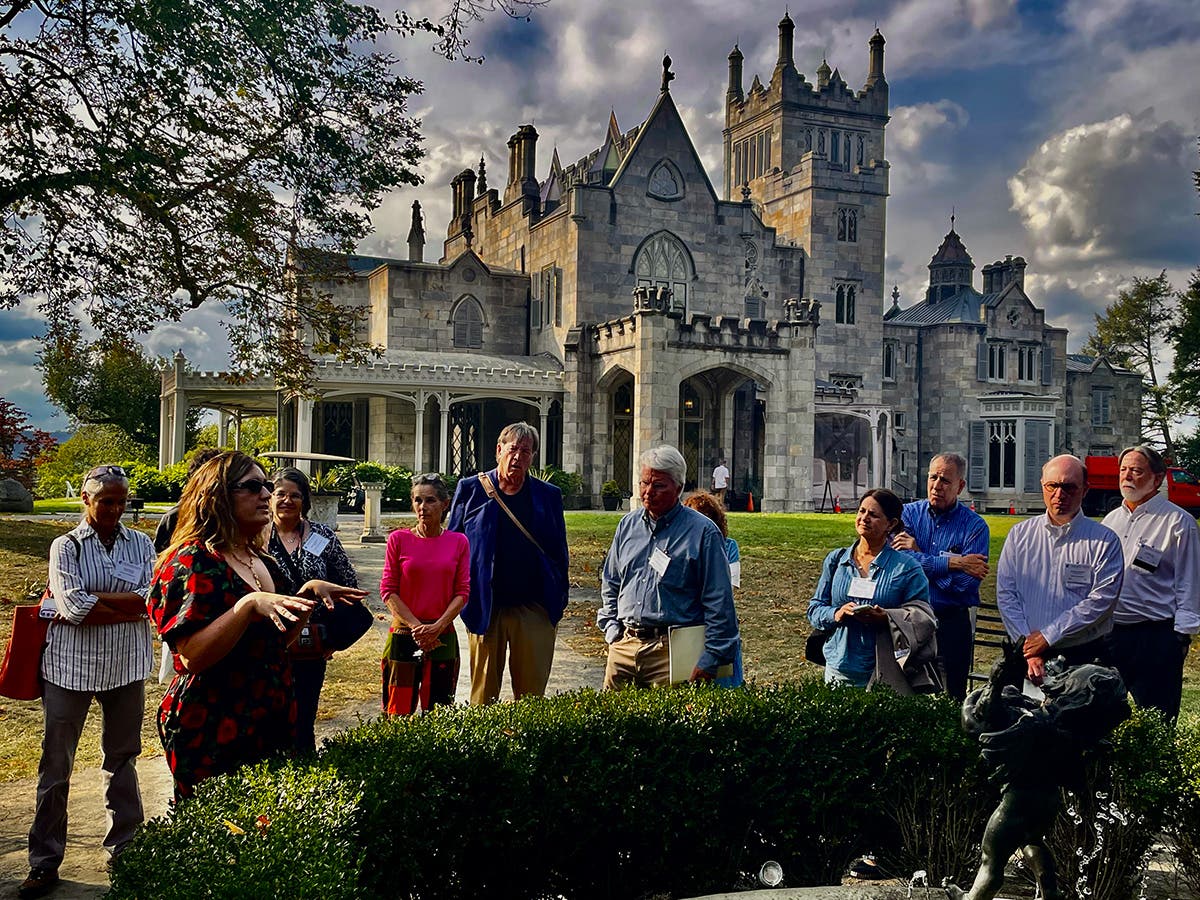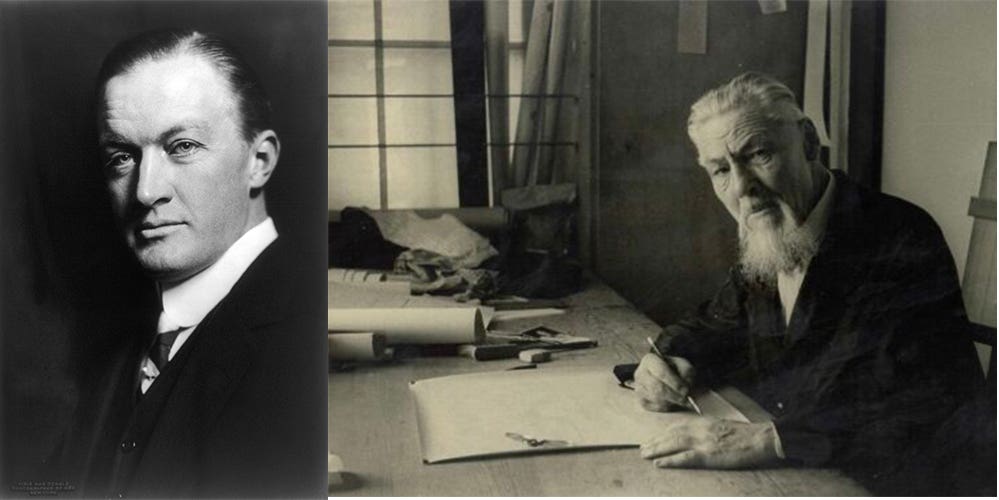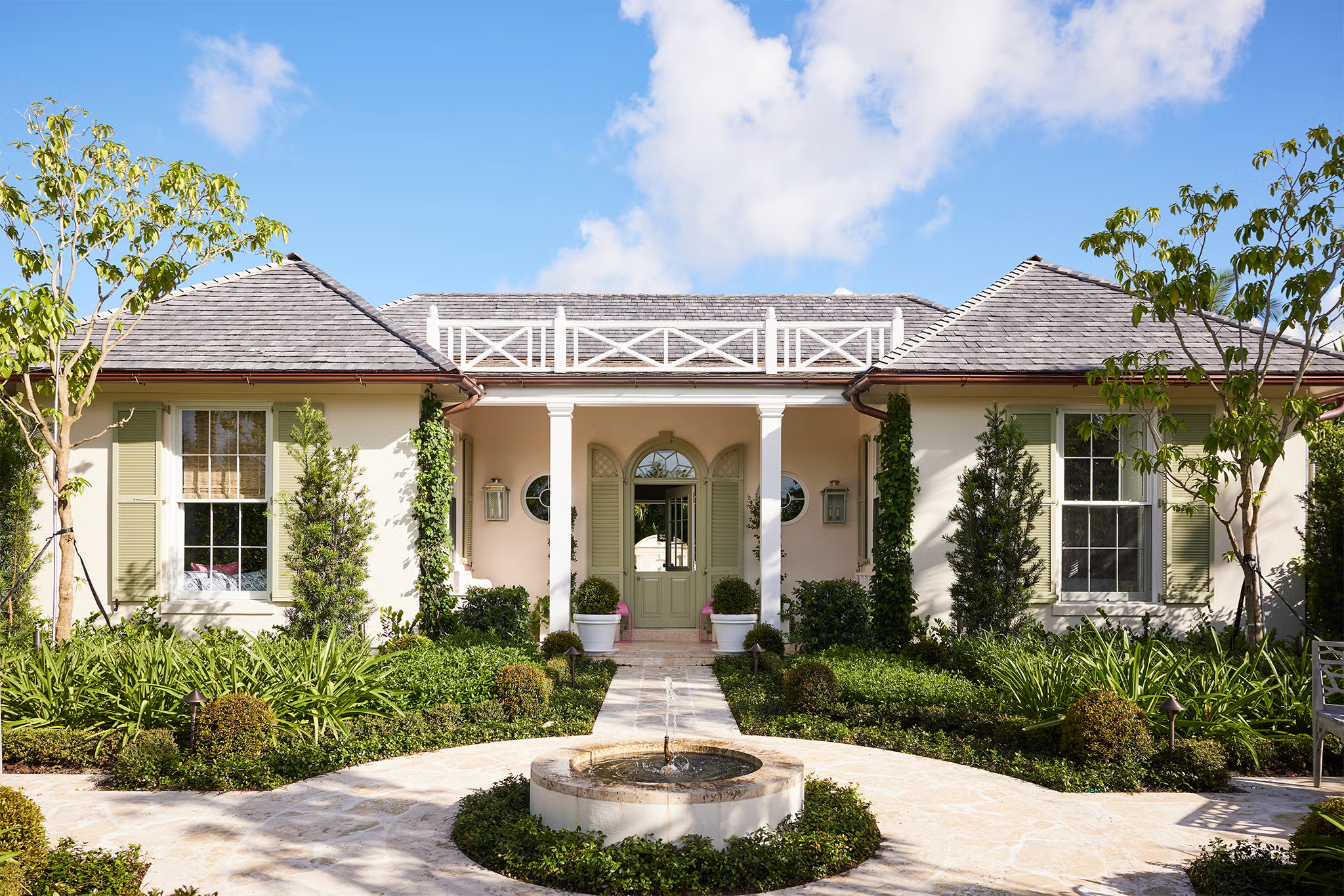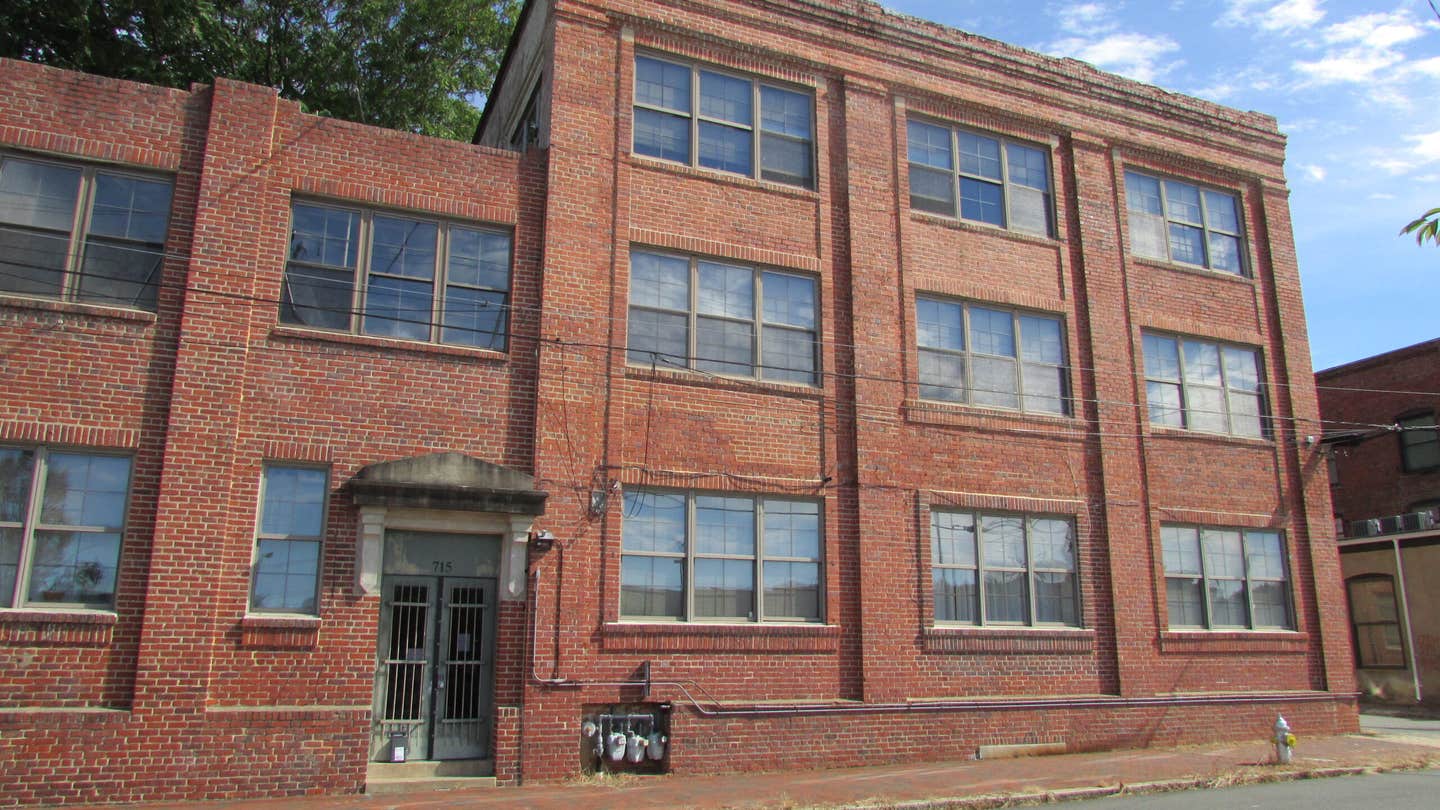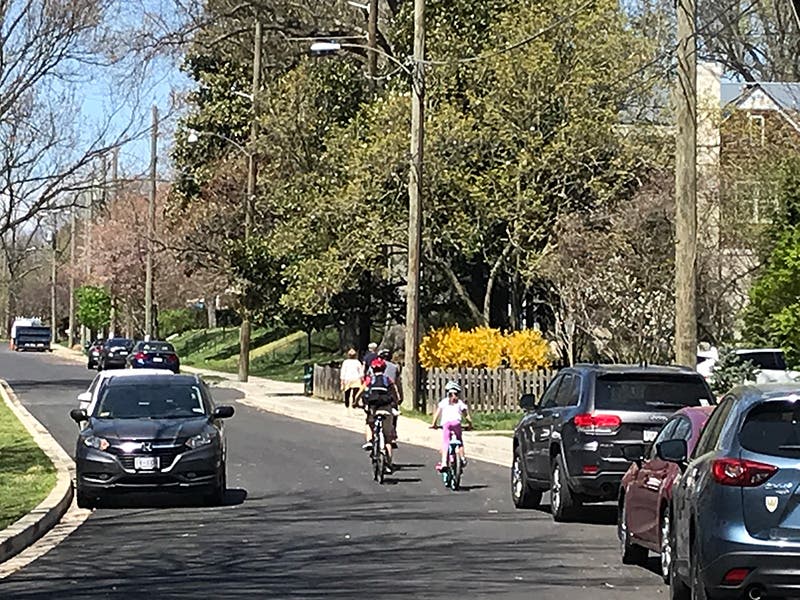
Peter Miller
I’m on Day 12 of a 14 Day Quarantine with Lots of Time to Think Out Loud about Historic Preservation and What Makes a Home Healthy
Read more: My Healthy Home (Part 1)
There’s nowhere to go but home. On the street below my home office window, my neighbors, moms and dads are walking the dog while the kids roller skate out ahead. The family unit is intact! Despite social distancing, propinquity prevails in the home and around the neighborhood.
I find myself thinking more about what’s important, including whether what I do for a living really matters. Maybe I should go back to school and become a doctor. Probably too late for that.
Our purpose as historic preservationists was well articulated by Paul Edmondson, CEO of the National Trust for Historic Preservation, in an interview with TRADITIONAL BUILDING this month. Mr. Edmondson lays out the NTHP’s four strategic priorities: to save historic sites; tell the American story; build strong communities; and invest in the preservation profession. It is a good reminder that what we do matters.
“Preservation has many benefits at the community level, Edmondson explains, these include environmental sustainability, economic vitality, and defining community character in a society that finds it easy to fall into a pattern of favoring the new and nondescript.” He sites the NTHP’s Main Street initiative, a program created in 1984 which helps communities recognize and celebrate the cultural and economic value of historic downtowns.
I was relieved when Mr. Edmondson did not connect the benefits of historic preservation to my health. When my bank sends me text messages about the value of deep breathing meditation and my stockbroker sends me a form letter extolling the virtue of yoga, I want to tell everyone to shut up and leave me alone. I like the sanctuary of home, without my devices, especially without the big screen T.V. Besides, there’s so much advice and information coming my way lately, I don’t know who to believe.
But health is implicit in historic neighborhood preservation, whether because of natural materials, operable windows or the walkability of the places built before the automobile. Even the ornament on traditional buildings is good for our health according to a recent article in PSYCHOLOGY TODAY titled, “How to Make a Healthier Home.”
Having been self-quarantined this week, I reluctantly made my only trip to the grocery store yesterday. I had eaten all the canned foods in my pantry and was out of toilet paper. My first stop in the neighborhood supermarket was the magazine newsstand where I was drawn to the publication whose cover story headline read, “Coincidence: Bracing the Unknown.” Very timely, I thought.
The “Coincidence” article, also in PSYCHOLOGY TODAY talked about how life is random. Things happen for no reason. Yet the human brain “abhors randomness; it seeks patterns and craves control.” We are wired to make logical sense of things, to find a reason, as if to say, “why me?” Well, as the author, Dr. Ralph Lewis says, “why not me?” The advice he gives is to “embrace the unknown.”
In the article “How to Make a Healthier Home,” by environmental consultant Lily Bernheimer, I revisited the neuroscience of architecture, a topic we have covered in TRADITIONAL BUILDING and in seminars at our Traditional Building Conference Series. Period house ornament, like architectural molding, resembles those fractal forms found in nature. This is soothing to our anxious minds. “Think twice before going minimalist” Bernheimer warns.
She goes on to explain, “research from environmental psychology—the wing of behavioral science studying how built and natural spaces affect our health, mental processes and social interactions—consistently suggests that buildings support us best when they echo the scale and tone of the natural world, through pattern, dimension, light, layout and sound.”
Bernheimer, who grew up in a 1908 Arts and Crafts bungalow has these six suggestions for making a healthy home:
- Wood is Good. “Spending time in rooms constructed with a moderate balance of wooden surfaces has been linked to decreasing diastolic blood pressure and to a general sensation of comfort.”
- Higher Ceilings Give Us Headspace: “When men find themselves in low-ceilinged environments, they are more likely to act antagonistically.”
- Embrace Your Curves: “Curvature delights because it reminds us of pleasant natural forms like eggs, plums, and puddles while sharp shapes invoke thorns, fangs, and jagged rocks. Curvilinear rooms activate the brain’s anterior cingulate cortex, a region dealing with emotional learning and motivation.”
- Think Twice Before Going Minimalist: Ignore Le Corbusier who said that moldings around windows and doors are frivolous and unnecessary.
- Windows: Seeing is Relieving: “These portals to the outdoors bring us daylight, air flow, prospect, natural views, and a sense of control-each of which is independently beneficial.”
- Make Housing a Verb: “Whether it’s personalizing your own dwelling or supporting affordable development in your community, taking a creative role in housing yields benefits for all.”
I’m on day 12 of my 14-day home-hibernation self-quarantine and feeling better already. Hope you and yours are too.
Peter H. Miller, Hon. AIA, is the publisher and President of TRADITIONAL BUILDING, PERIOD HOMES and the Traditional Building Conference Series, and podcast host for Building Tradition, Active Interest Media's business to business media platform. AIM also publishes OLD HOUSE JOURNAL; NEW OLD HOUSE; FINE HOMEBUILDING; ARTS and CRAFTS HOMES; TIMBER HOME LIVING; ARTISAN HOMES; FINE GARDENING and HORTICULTURE. The Home Group integrated media portfolio serves over 50 million architects, builders, craftspeople, interior designers, building owners, homeowners and home buyers.
Pete lives in a classic Sears house, a Craftsman-style Four Square built in 1924, which he has lovingly restored over a period of 30 years. Resting on a bluff near the Potomac River in Washington, D.C., just four miles from the White House, Pete’s home is part of the Palisades neighborhood, which used to be a summer retreat for the District’s over-heated denizens.
Before joining Active Interest Media (AIM), Pete co-founded Restore Media in 2000 which was sold to AIM in 2012. Before this, Pete spent 17 years at trade publishing giant Hanley Wood, where he helped launch the Remodeling Show, the first trade conference and exhibition aimed at the business needs and interests of professional remodeling contractors. He was also publisher of Hanley Wood’s Remodeling, Custom Home, and Kitchen and Bath Showroom magazines and was the creator of Remodeling’s Big 50 Conference (now called the Leadership Conference).
Pete participates actively with the American Institute of Architects’ Historic Resources Committee and also serves as President of the Washington Mid Atlantic Chapter of the Institute of Classical Architecture & Art. He is a long-time member of the National Trust for Historic Preservation and an enthusiastic advocate for urbanism, the revitalization of historic neighborhoods and the benefits of sustainability, including the adaptive reuse of historic buildings.




